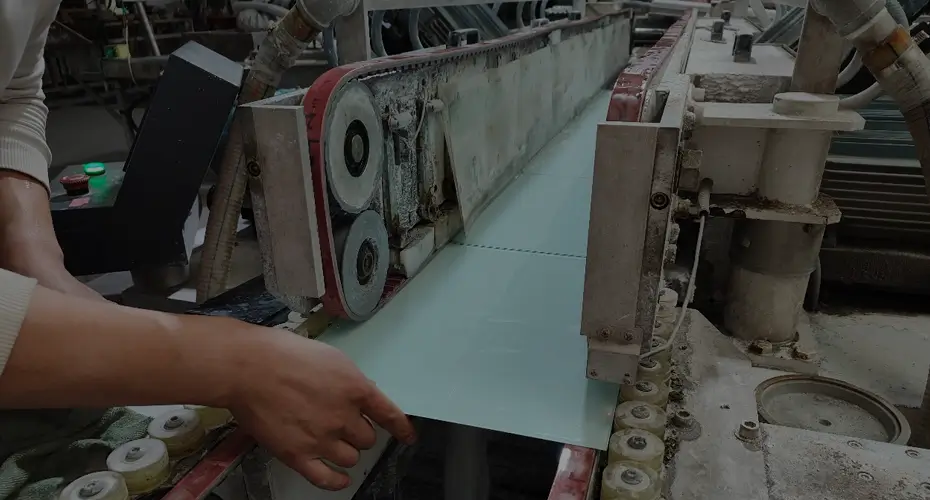Nov . 30, 2024 11:04 Back to list
Understanding the Benefits and Uses of Tinted Glass for Modern Architecture
The Allure and Practicality of Tinted Glass
In contemporary architecture and interior design, the use of tinted glass has become increasingly popular among builders and homeowners alike. Tinted glass, created by adding color or opacifying elements to the glass during its production, serves both aesthetic and functional purposes. This innovative material has transformed the way we think about natural light and visual privacy, making it an essential component of modern design.
One of the most significant advantages of tinted glass is its ability to control the amount of sunlight that enters a space. In locations with intense sunlight, such as tropical or desert regions, excessive daylight can create uncomfortable heat and glare. Tinted glass effectively reduces glare, enhancing visual comfort for occupants while simultaneously decreasing the reliance on artificial lighting. By utilizing tinted glass, buildings can maintain a softer and more inviting atmosphere throughout the day.
In addition to regulating light, tinted glass plays a vital role in energy efficiency
. It acts as a barrier against solar radiation, helping to keep interiors cooler during hot weather. This reduction in heat gain can lead to decreased energy consumption for cooling systems, translating to lower utility bills and a reduced carbon footprint. Furthermore, many insulated spandrel units incorporate tinted glass, providing a level of thermal efficiency that benefits both the environment and the owner's wallet.tinted glass

The aesthetic appeal of tinted glass cannot be overlooked. It offers architects and designers a unique opportunity to play with colors and textures, enhancing the overall look of a building. From sleek, modern skyscrapers to serene residential homes, tinted glass adds depth and intrigue to various architectural styles. The variety of tints available—ranging from subtle grays to bold hues—allows for customization, enabling homeowners to express their individual tastes and preferences.
Another important consideration when discussing tinted glass is privacy. Tinted windows obscure views from the outside while still allowing occupants to enjoy natural light. This feature is particularly advantageous in high-density urban environments where buildings are densely packed together. Tinted glass ensures that residents maintain their privacy without sacrificing the benefits of natural light. Moreover, this aspect enhances security, as the interiors remain hidden from potential intruders.
However, it is essential to balance the use of tinted glass with other design elements. Over-tinting can lead to a space that feels too dark or enclosed, potentially hindering the benefits of natural light. Therefore, architects must carefully consider the tint level to ensure an optimal balance of light, privacy, and aesthetic appeal.
In conclusion, tinted glass represents a dynamic and versatile material that caters to various needs in modern architecture and design. Its ability to regulate sunlight, enhance energy efficiency, provide privacy, and offer aesthetic appeal makes it a favorite among builders and homeowners. As technology continues to advance, the applications and benefits of tinted glass will undoubtedly expand, ensuring its place in the future of innovative design. With tinted glass, the line between functionality and beauty becomes effortlessly blurred, showcasing how thoughtful design can enhance our everyday lives.
-
Safety and Style with Premium Laminated Glass Solutions
NewsJun.24,2025
-
Reinvents Security with Premium Wired Glass
NewsJun.24,2025
-
Premium Float Glass Line for Modern Architecture
NewsJun.24,2025
-
Low Emissivity Glass for Energy-Efficient Architecture
NewsJun.24,2025
-
High-Performance Insulated Glass Solutions for Modern Architecture
NewsJun.24,2025
-
Elevates Interior Style with Premium Silver Mirror
NewsJun.24,2025
Related PRODUCTS














